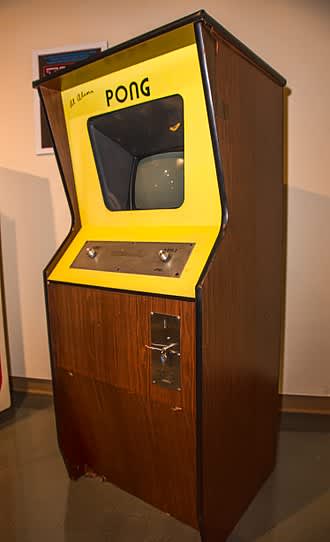
- POPSUGAR Australia
- Gaming
- The Origins of Gaming: A Brief History
The Origins of Gaming: A Brief History

We know about gaming today, but what about gaming in the 1940s? We dive into the origins of gaming and how it evolved into the booming business and thriving social network we know it is today.
This is a brief history of gaming:
The First Game Machine
1940
The first example of a game machine was unveiled by an American nuclear physicist called Dr Edward Uhler Condon at New York World’s Fair in 1940.
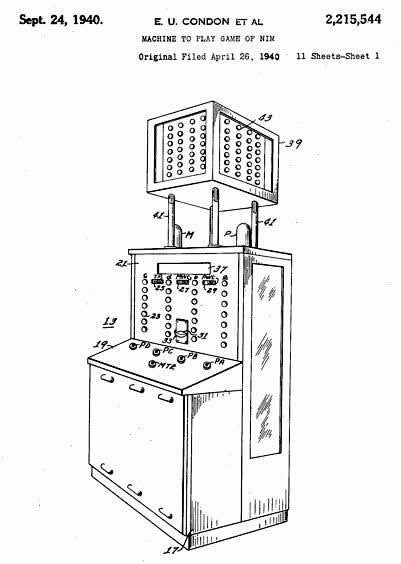
The game was based on the ancient mathematical game of Nim (that involves two players and a box of matches) and was played by around 50,000 people during the six months of its display. According to TechCrunch, the computer won 90% of the games, leaving players intrigued and ready for a challenge.
The “Brown Box”
1967
The “Brown Box” was the first game system designed to be used at home and came out almost three decades after Condon’s game machine in 1940. It was designed and released by Ralph Baer, a German-American inventor, game developer, and engineer, who came up with the original proposal and design of the “Brown Box”. He and two other engineers, Bill Harrison and Bill Rusch then proceeded to bring his invention to life.

The “Brown Box” was designed as a vacuum tube circuit that you could connect to your TV and allowed two users to use it at any given time. The “Brown Box” could be programmed to play a bunch of cute old school games like ping pong and checkers.
According to the National Museum of American History, Baer recalled, “The minute we played ping-pong, we knew we had a product. Before that, we weren’t too sure.”
The Start of Atari and Arcade Gaming
1966
We can all imagine that 60s and 70s style game arcade, with vintage games and gamer girls in rollerblades and pigtails, right?
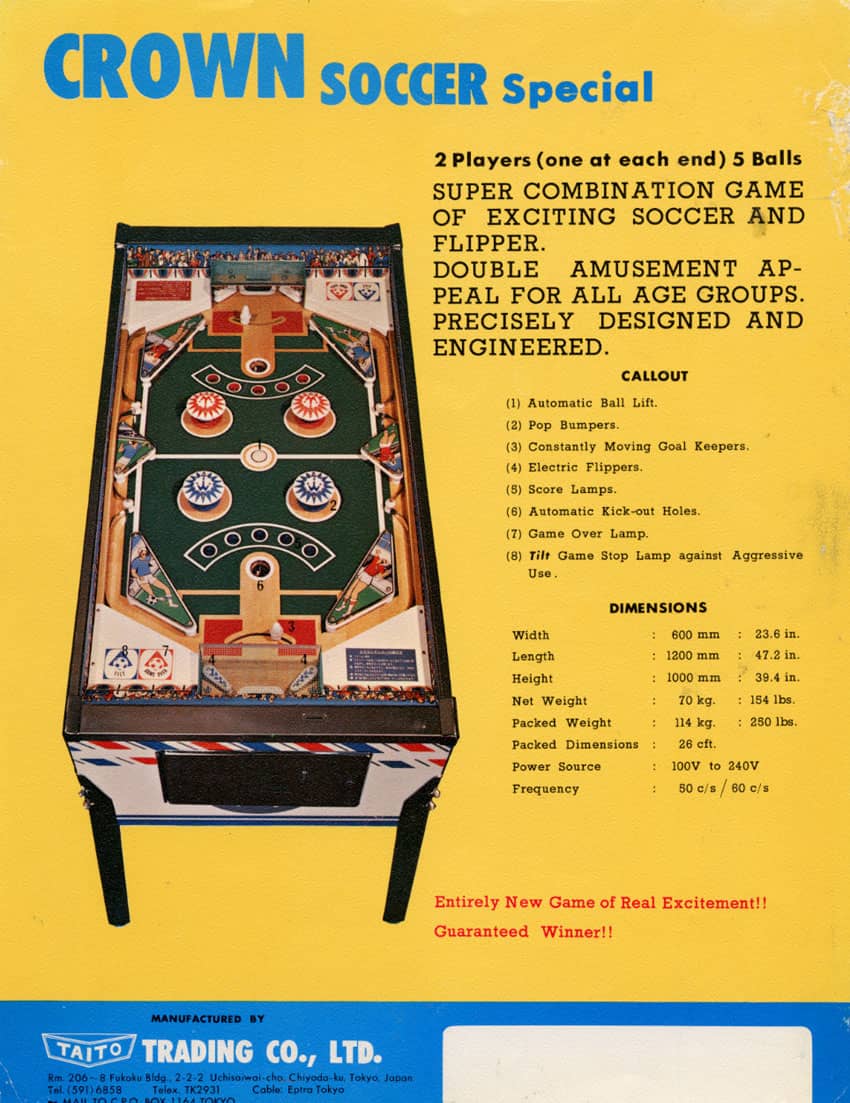
Sega and Taito were the first two companies to bring arcade gaming to the scene when they released an electro-mechanical game each: Periscope and Crown Special Soccer in 1966 and 1967.
1972
Following this, in 1972 Atari (founded by Nolan Bushnell, the king of gaming), which was the first gaming company to set the standard of large-scale gaming and in some ways, foreshadow the future.
Atari developed their games in-house. They’re responsible for creating a whole new industry within arcade gaming, selling the first real electronic game called Pong in 1973, retailing at $1,095.
After that, arcade machines began popping up in bars, bowling alleys and shopping balls around the world. They became a known and loved entertainment platform, a place for socialising and playing with friends.
Other companies caught on, realising that Atari was onto something. Between 1972 – 1985, more than 15 companies started to develop video games for a market that would surely continue to thrive.
The Birth of Multiplayer Gaming
1973
Players started being able to compete on separate screens in 1973 with a game called “Empire”— a strategic turn-based game for up to eight players — which was created for the PLATO network system (Programmed Logic for Automatic Teaching Operation).
Another game for PLATO, called “Spasim” and released by Jim Bowery was a 32-player space shooter, which was one of the biggest multiplayer games to come out of 1973 and is regarded as the first 3D multiplayer game.
Given that PLATO was one of the first generalised computer-based teaching systems, it represents the start of a technological journey that would eventually lead us to the internet and online gaming as we know it today.
Home Gaming Becomes a Reality
1975
In 1975, technological advancements were truly in full swing. Intel’s invention of a world-first microprocessor, led to the birth of games like Gunfight in 1975, which is a kinda vintage version of World of WarCraft. The first of its kind, it was a multiplayer human-to-human combat shooting game.
1977
Then in 1977, Atari released the Atari VHS (better known as the Atari 2600). It was originally designed to only play 10 simple games, such as Pong, Outlaw and Tank, but the console also included an external ROM slot, where other game cartridges could be plugged in (kinda like our old school Game Boys).
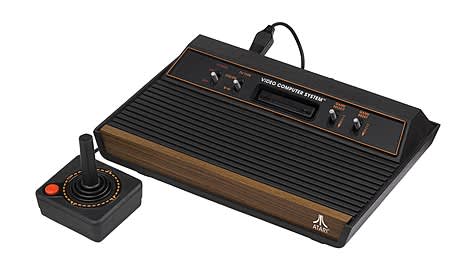
1980
The integration of the microprocessor (as mentioned above by Intel), led to the release of Space Invaders for the Atari VCS in 1980, which marked a new era of gaming — and sales: Atari 2600 sales shot up to 2 million units in 1980.
Computer Games
Early ’80s
The early 1980s is when Apple computer systems began coming into the market, in America and they were actually pretty affordable retailing at around $300 at the time. They also offered the technology needed for gamers to create their own games.
Fun fact: Bill Gates created a game called DONKEY.BAS in 1981, which involved dodging donkeys on a highway while driving a sports car.
As well as providing an opportunity for people to create their own games, these early computers also paved the way for multiplayer gaming online. Computers like the Macintosh, allowed users to connect their devices with other players as early as the late 1980s, which is pretty incredible, given that this type of technology was still so new into existence.
The Birth of LAN Party
1993
This is when multiplayer gaming really took off. A “LAN Party” was basically an area network party, where a gathering of people with compatible technology are able to connect with one another using a router or switch.
1994 – 1996
LAN gaming grew more popular with the release of Marathon on the Mac in 1994 and after the first-person multiplayer shooter Quake hit stores in 1996, as more kids in the neighbourhood were getting these games and LAN gave them the ability to connect and play together.
By this point, the release of Windows 95 and Ethernet cards brought networking to Windows PC, which only expanded the popularity of multiplayer LAN games.
1997 – 1998
Over the next couple of years, a few popular multiplayer online games are released. In 1997 we have Ultima Online, and in 1998 Starcraft and Lineage are both released.
Nintendo’s Big Break
1999
Not only was there Woodstock ’99, which proved to be the last hurrah for late 90s music but Nintendo also had a big break for online gaming.
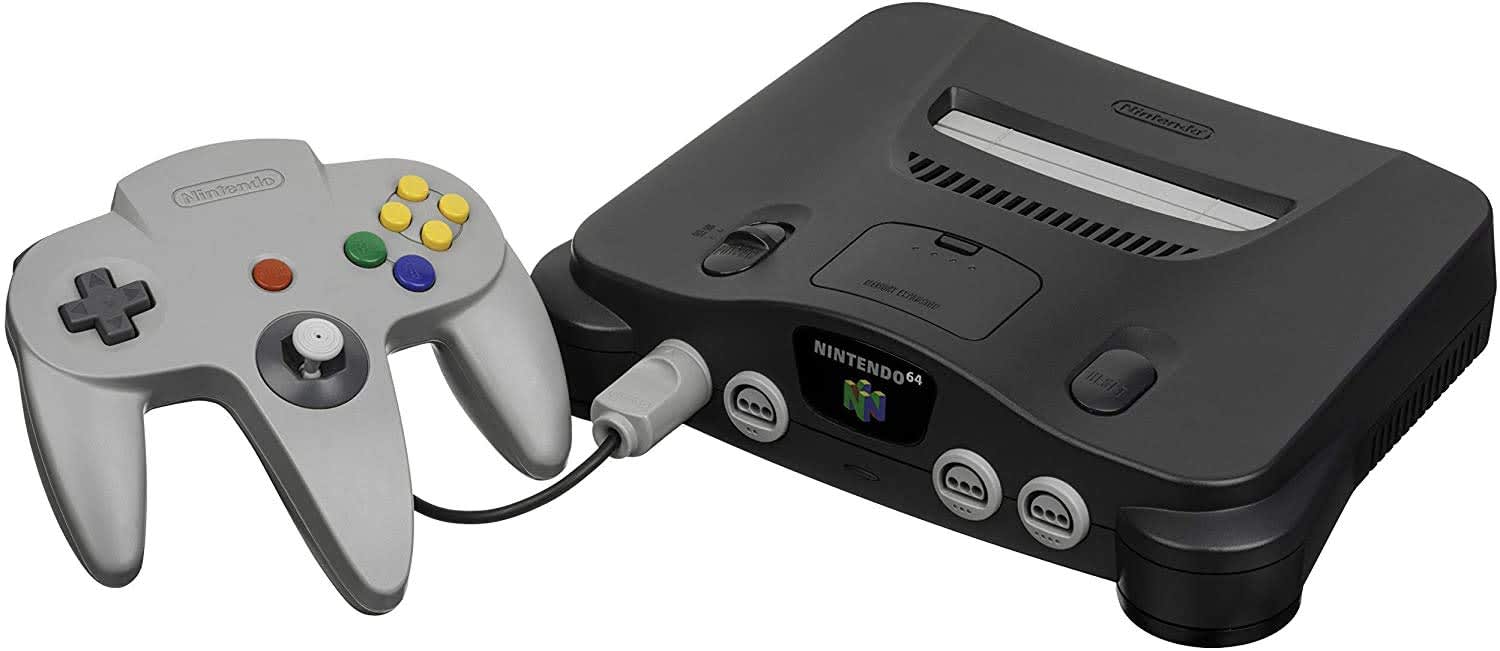
They released an add-on feature for the Nintendo 64 (one of the OG consoles) for online gaming. This meant that everyone’s fave, the Super Smash Bros, went online.
The Tipping Point for Modern Gaming
2000
2000 saw the release of the Sony Playstation 2. It had internet capabilities and a popular brand name behind it, so it had no trouble with success.
2002
Online gaming truly takes off in 2002. Xbox is released, with Xbox Live, which begins to see online gaming adoption. The game Halo played a massive role in making this happen, given its level of popularity. With the release of Halo, LAN Parties came back in.
2004
Familiar names like Xbox, Playstation and Wii begin to gain traction. World of Warcraft is also released for computer. This becomes an insane success.
2007
Smartphones begin to become a household item and such, mobile gaming is born.
Zynga is founded in 2007 and goes on to create Facebook and mobile games.
Mobile Gaming
2009
Angry Birds is released on Apple iOS. Created by a Finnish company, this marks the first mobile game to go viral in the Apple App Store.

2014
PlayStation 4 is released with huge improvements for multiplayer gaming, with the capabilities to share games with friends over the internet. This is the Playstation Share Play feature.
2016
Pokemon Go is released. This is the first augmented reality mobile game and doesn’t take long to go viral.
VR is the Future
2017
Most of the huge tech companies are developing their own VR headsets, including HTC, Google, Apple, Amazon, Microsoft Sony, Samsung etc.
Sony is rumoured to be developing a similar location-tracking tech to HTC’s VIVE for the PlayStation 4.
2019
Forbes describes this as The Year Virtual Reality Gets Real.
Nintendo entered the VR market with the Labo: VR kit for Nintendo Switch on April 12.
Gaming Today
According to research, there are over two billion gamers across the world. That is 26% of the world’s population.
Given its constant growth, since the first-ever gaming machine in 1940, it’s no surprise that companies want a piece of the pie.
By 2025, analysts predict the industry will generate more than $260 billion in revenue. Given this insane amount of money, big tech companies are looking to get involved, with Google, Facebook and Apple all having current plans to enter the video game industry.
The online networks for gaming are such a massive corner of the Internet, they’re almost a world of their own. If this history has taught us anything, it’s that gaming will continue to grow as technology becomes more advanced and honestly, it’s a pretty mind-blowing journey so far.



